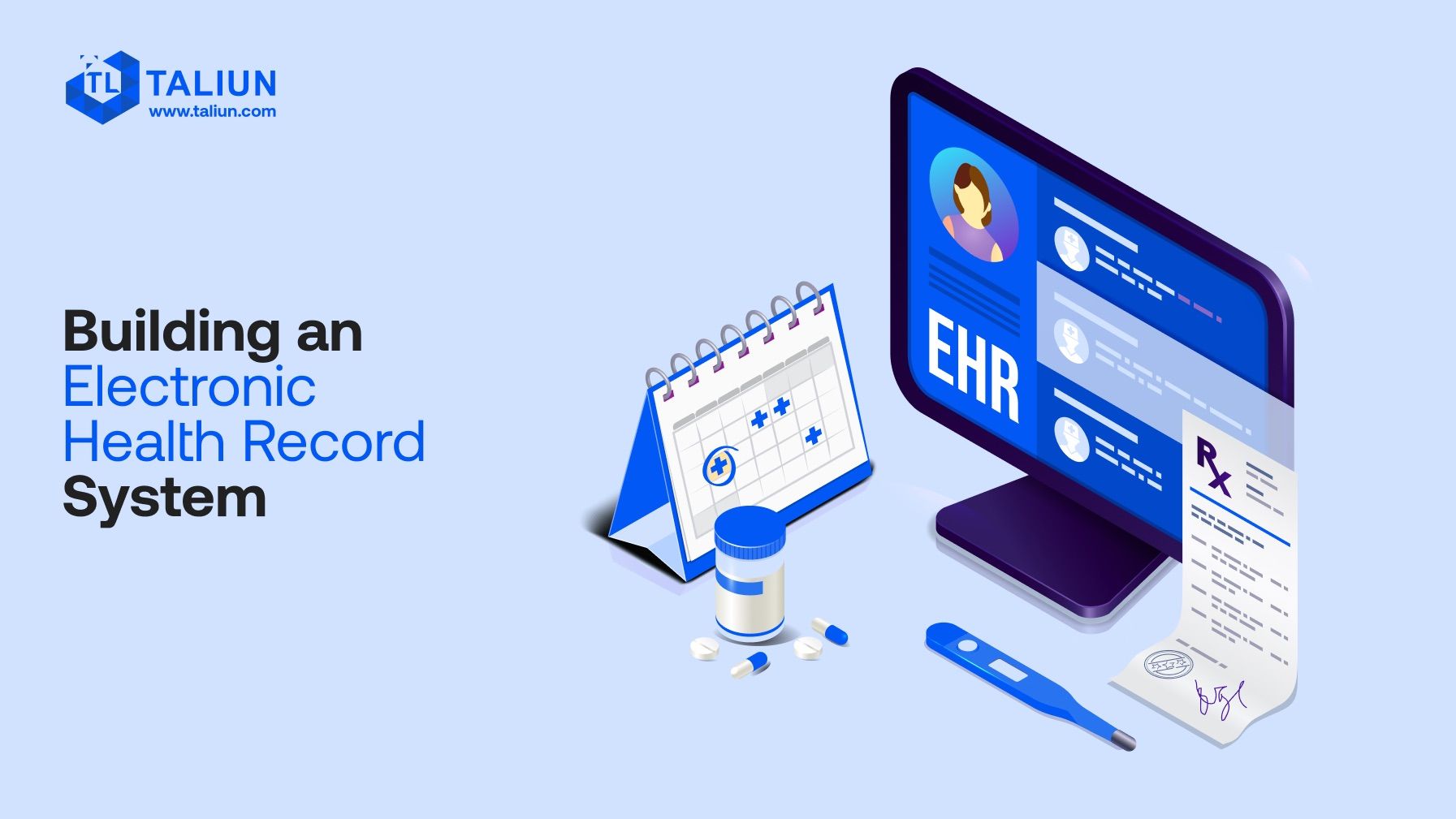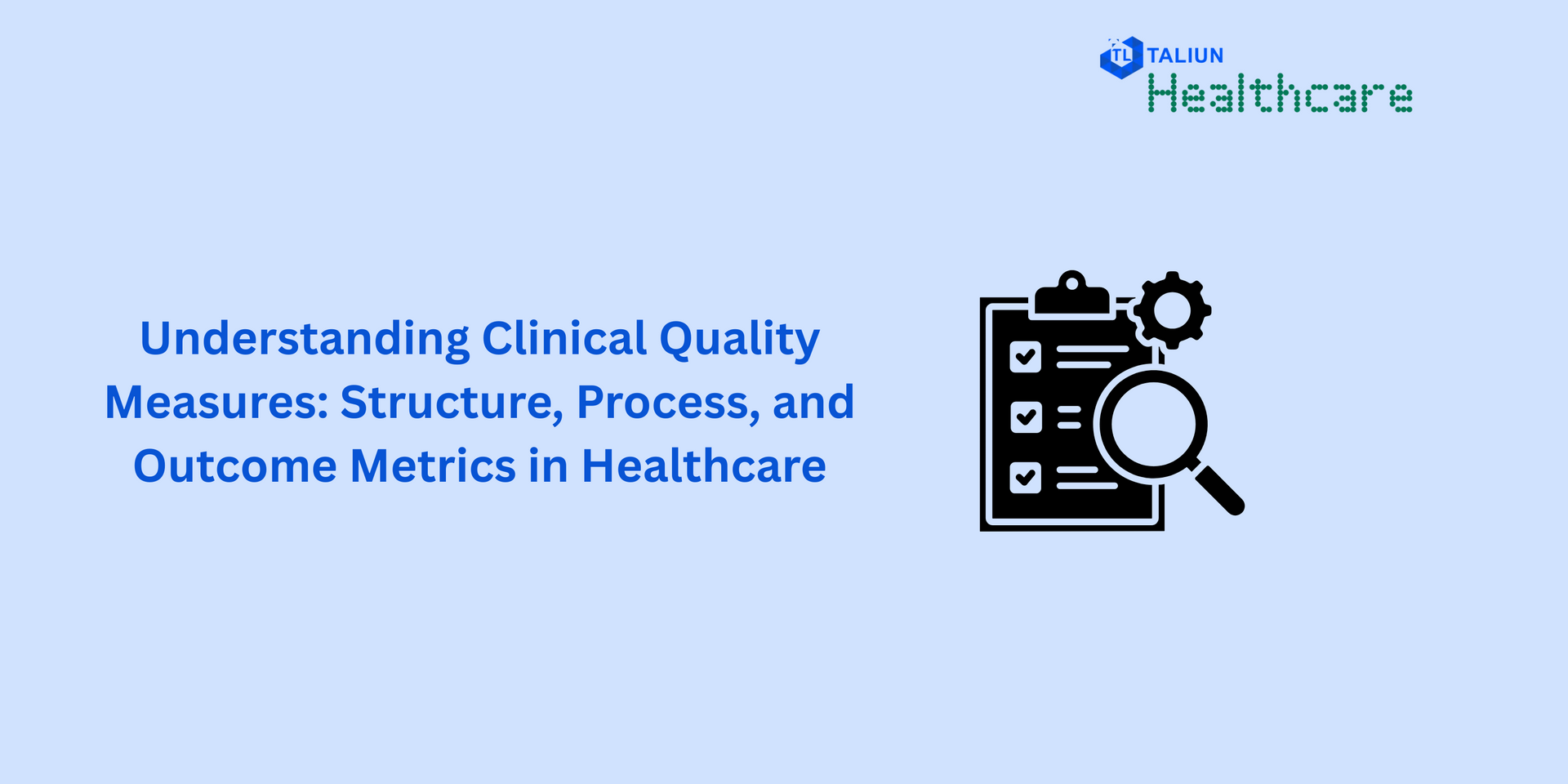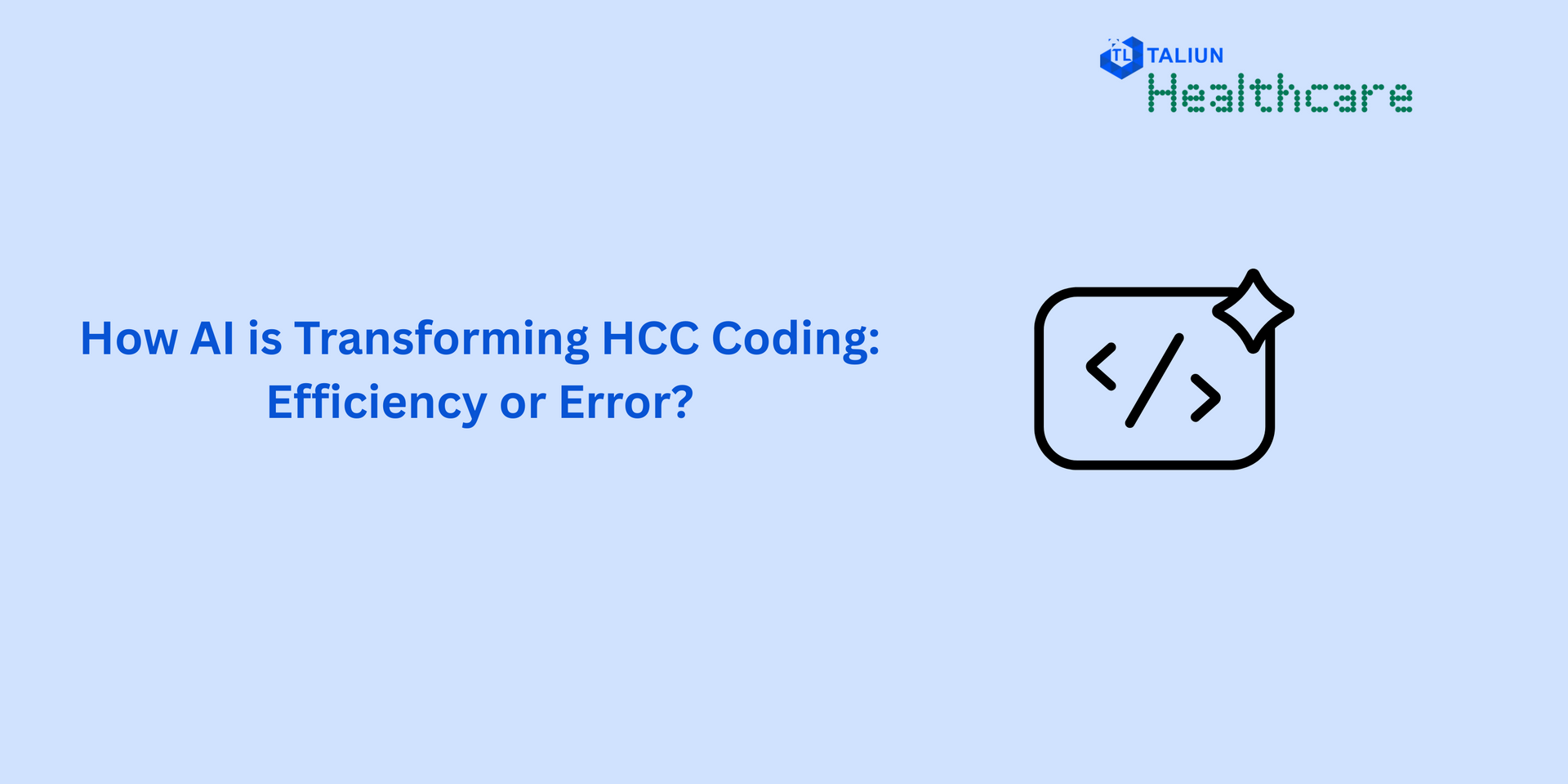The Anatomy of Building an Electronic Health Record System

In today's digital age, Electronic Health Records (EHR) have become a cornerstone of modern healthcare, providing a comprehensive and accessible record of patient health information. Building an EHR system, however, is a complex task that involves careful planning, execution, and adherence to various standards and regulations. Let’s delve into what it takes to build an effective EHR system.
Understanding the Scope and Purpose
1. Defining the Goals: An EHR system is not just about digitizing patient records; it's about enhancing the quality of healthcare. The primary goal should be to create a system that is user-friendly, secure, and improves patient care efficiency.
2. Needs Assessment: Conducting a thorough needs assessment involving healthcare providers, patients, and administrative staff is critical. This helps in understanding the specific requirements and challenges that the EHR system must address.
Design Considerations
1. User-Centric Design: The system must be intuitive and easy to navigate for various users, including doctors, nurses, and administrative staff. A user-friendly interface reduces training time and increases adoption rates.
2. Interoperability: The ability of the EHR system to communicate and exchange data with other systems is vital. Interoperability facilitates better coordination of care and comprehensive patient records.
Technical Aspects
1. Data Security and Privacy: Protecting patient data is paramount. Implementing robust security protocols and ensuring compliance with regulations like HIPAA (Health Insurance Portability and Accountability Act) is essential.
2. Data Storage and Management: Deciding whether to use cloud-based storage or on-premises data centers is a significant decision. Cloud storage offers scalability and accessibility, while on-premises storage gives more control over data.
3. Customization and Scalability: The EHR system should be customizable to cater to the specific needs of different healthcare settings. It also needs to be scalable to accommodate the growing amount of data and evolving healthcare practices.
Regulatory Compliance and Standards
1. Adhering to Standards: Compliance with healthcare standards like HL7, FHIR, and ICD-10 ensures that the EHR system can effectively communicate with other systems and meets the industry requirements.
2. Certification: Obtaining certification from relevant authorities, such as the Office of the National Coordinator for Health Information Technology (ONC), is crucial to ensure that the system meets the required standards for safety, functionality, and privacy.
Integration and Testing
1. Integration with Existing Systems: Seamless integration with existing healthcare IT systems, like laboratory information systems and radiology information systems, is necessary for a unified workflow.
2. Rigorous Testing: Before deployment, the EHR system should undergo extensive testing to identify and fix any issues. This includes testing for usability, performance, security, and compliance.
Training and Implementation
1. Staff Training: Comprehensive training for all users is crucial for the successful implementation of an EHR system. Well-trained staff can effectively use the system, thereby improving patient care and operational efficiency.
2. Phased Rollout: Implementing the EHR system in phases allows for smoother transition and minimal disruption in patient care. It also provides an opportunity to gather feedback and make necessary adjustments.
Maintenance and Support
1. Continuous Support: Providing ongoing support and maintenance is essential to address any technical issues swiftly and ensure the system's smooth operation.
2. Regular Updates: Regularly updating the system to incorporate new features, address security vulnerabilities, and comply with changing regulations is important for long-term sustainability.
Conclusion
Building an Electronic Health Record system is a multifaceted endeavor that requires meticulous planning, a deep understanding of healthcare workflows, and a strong commitment to security and privacy. It’s not just about implementing technology but about transforming the way healthcare is delivered and experienced. A successful EHR system can lead to enhanced patient care, improved efficiency, and a seamless healthcare experience.
The journey to build an EHR system is challenging yet rewarding, paving the way for a more integrated, efficient, and patient-centric healthcare ecosystem.




